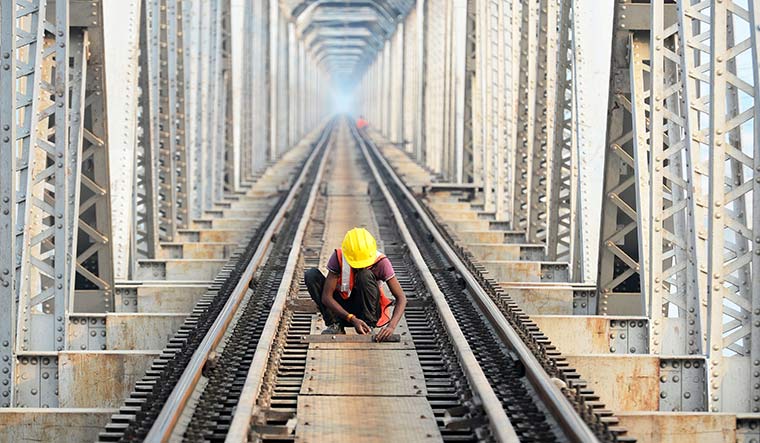The Rs 20 lakh crore financial package was a result of the most extensive discussions that were held at various levels, including studying of the similar measures being announced by the foreign governments to fight pandemic-induced recession. The government then adopted an approach where the aim was to supply money to those points where the economic revival can be triggered, official sources said.
The government said though the banks were parking their money with the RBI, most of it was already sanctioned; only the disbursal has not taken place. “The banks have been told not to worry and to give out loans. The estimate is that over Rs 4 lakh crore has already been sanctioned by the banks as loans to enterprises which needed them to start their businesses. But those seeking loans have requested the banks that they will take the money only after the lockdown is lifted. This explains the mismatch between the sanctioned amount and disbursal money,” highly placed sources said.
According to reports, the banks have been parking around Rs 8 lakh crore with the RBI as they were reluctant to lend fearing that it may turn into NPA. But with the government standing guarantee, the banks have been assured to open.
The question that everyone is raising is about the fiscal impact of the package which was only 10 per cent of the GDP, whereas in other countries—the models the finance ministry studied—it's been higher. The sources, however, justified the decision and said the government chose this path as our needs were different.
“The approach was to kick-start the economy. The aim was that the money reaches those points where economy is first triggered—be it banks, NBFCs, MSMEs or loans without collaterals,” sources said.
The government also did not choose the path of giving cash transfers or wages for those who lost it. Sources said had it been done for some group, there would have always been some people left.
The package was designed through discussions among the political leadership, the PMO and finance ministry, and extensive consultations at all levels, including stakeholders and industry, sources claimed.
Asked if the government would monetise the debt, the sources said that was the thinking at the moment. “Not gone that way, will see if bridges need to be crossed if need arises.”
As the industries are slowly limping back to normalcy, many have started work with the available labour force. Even where there is a shortage, the owners were innovating and offering better conditions to workforce to retain them. The finance ministry was engaging with the labour ministry to collect data on job losses due to lockdown.
According to the latest data released by the finance ministry, “the growth rate of Index of Eight Core Industries for April 2020 declined by 38.1 per cent compared to the decline of 9 per cent in March. In view of the nationwide lockdown during April due to COVID-19 pandemic, various industries like coal, cement, steel, natural gas, refinery and crude oil have experienced substantial loss of production.”
The finance ministry sources said that no call has been taken on restricting China through foreign portfolio investment (FPI) route.
As economy opens up, the next GST council meeting will be held in June. While the aim will be to keep the rates same on the essential items, there may be demands from the states to increase duty on other non-essential items to raise revenue.



